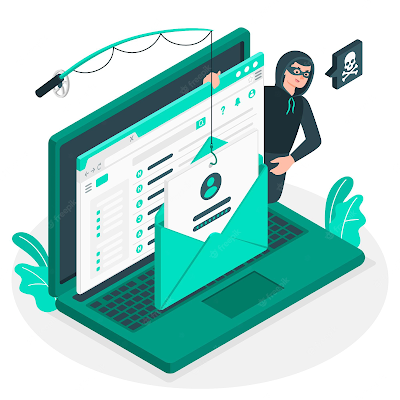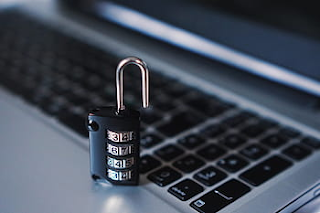Online gaming, a popular and vibrant community, presents various risks, from identity theft to cyberbullying. To ensure a safe gaming experience, follow these guidelines:
1. Strong Passwords
Use complex passwords with a mix of upper- and lower-case letters, numbers, and symbols. Avoid easily guessable information like birthdays or pet names. Consider a password manager for secure management.
2. Multi-Factor Authentication
Enable two- or multi-factor authentication whenever available. This adds an extra layer of security, often involving a code sent to your phone or email, enhancing your account's safety.
3. Protect Personal Information
Refrain from using identifying information in usernames. Be cautious about what you share on gaming forums and during conversations using gaming headsets.
4. Download from Legitimate Sources
Only download games and add-ons from reputable sources to prevent malware or viruses. Avoid unofficial or pirated sites, ensuring your downloads are secure and legitimate.
5. Stay Updated
Regularly update your devices and software to benefit from the latest security patches. Updated systems are less vulnerable to cyber threats.
6. Beware of Phishing Emails
Exercise caution with emails urging immediate action. Avoid clicking on suspicious links, opening attachments, or responding to uncertain emails. Verify the sender's authenticity before taking any action.
7. Secure Disposal of Gaming Devices
When disposing of devices, delete personal information thoroughly. Wipe your account details and transfer games if needed, ensuring your privacy is protected.
8. Use a VPN
Consider installing a virtual private network (VPN) for added security. A VPN hides your location, safeguarding your identity. It can protect against DDoS attacks in competitive gaming and ensure secure data transactions.
9. Kaspersky VPN Secure Connection
For comprehensive protection, Kaspersky VPN Secure Connection is a reliable option. Compatible with various devices and operating systems, it offers an untraceable connection. While free VPNs exist, they often have limitations and may not provide complete security. Always read the terms of service and consider using both VPN and antivirus software for optimal protection against malware and phishing threats.
By adhering to these precautions, you can enjoy online gaming while safeguarding your personal information and ensuring a secure gaming environment.






